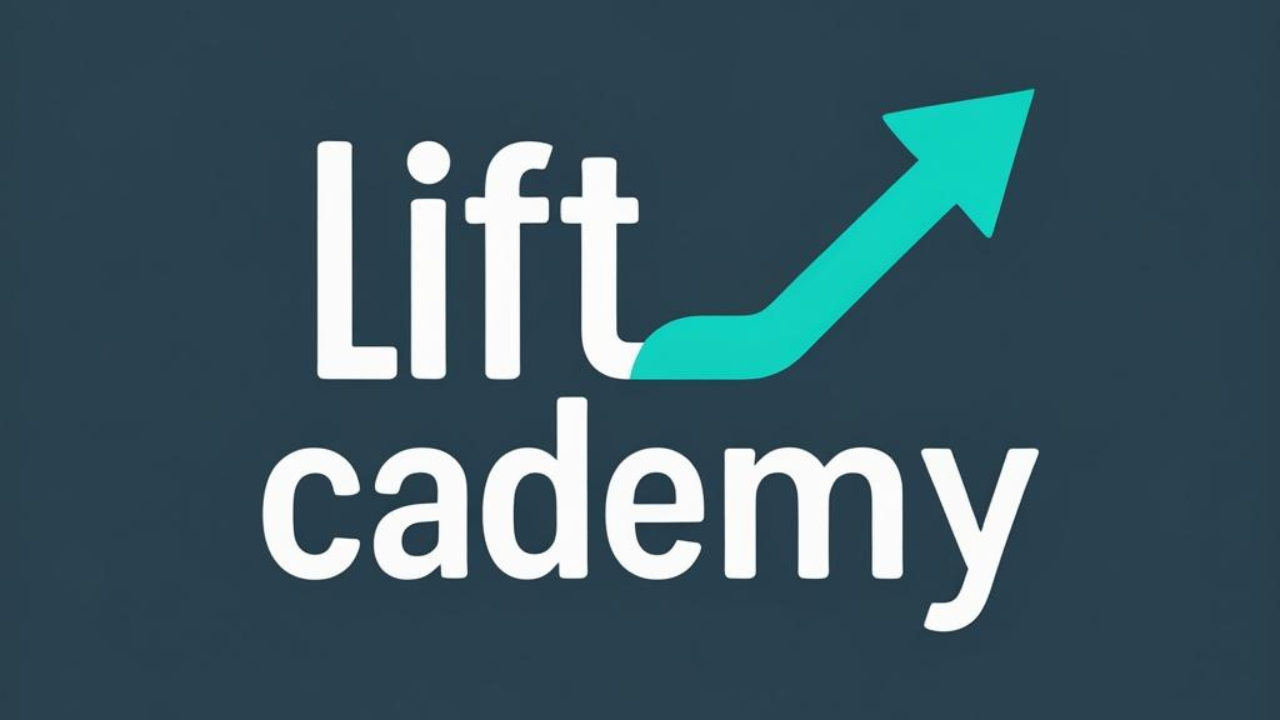Hi doctor,
Welcome to this module on botulinum toxin for the upper face — one of the most common, high-impact treatments we perform in aesthetic medicine.
In this lesson, I’ll guide you through my exact clinical approach for treating the upper face with Botox. We’ll go over how I assess patients, where I inject, what dosages I typically use, and how I avoid complications — all based on experience with real patients and real results.
If you’re building your foundation in neurotoxin treatments, this is the must-master zone — the forehead, glabella, and crow’s feet are the most requested areas, and also the most visible.
🧠 Understanding the Upper Face
The upper face is home to some of the most expressive muscles in the body — and when these muscles contract over time, they create:
- Horizontal forehead lines
- Vertical glabellar lines (frown lines)
- Lateral canthal lines (crow’s feet)
These are dynamic wrinkles — caused by muscle movement, not volume loss.
Our job with Botox isn’t to erase every line. It’s to relax the movement, smooth the skin, and restore a rested, youthful appearance — while keeping the patient’s personality intact.
🎯 The 3 Key Muscle Zones
Let’s break it down:
1. Frontalis (Forehead)
- The only elevator of the upper face
- Creates horizontal forehead lines when raising eyebrows
- Thin and broad — requires superficial placement
2. Glabellar Complex (Frown Lines)
- Includes corrugators, procerus, depressor supercilii
- Pulls brows inward and downward
- Target area for softening the “11s” or angry resting face
3. Orbicularis Oculi (Crow’s Feet)
- Circular muscle around the eyes
- Contracts during smiling or squinting
- Treated to reduce fine lines and open the eye area
Every patient has a different strength and pattern — and I teach you how to spot that in my full training. But here, just remember: balance is everything.
💉 Injection Techniques & Tips
Here’s how I approach each area in practice:
Frontalis
- Inject superficially in a linear or zigzag pattern
- Stay at least 2 cm above the brow to avoid droop
- Use small units per point to prevent heaviness or a frozen look
- Tailor injections to the patient’s brow position and forehead height
Glabellar Complex
- Usually 5 injection points:
- 2 in the corrugators
- 1 in the procerus
- Optional: 2 additional points for strong muscles
- Inject deeper here — the muscles lie under the frontalis
- Always assess baseline brow movement before treating
Crow’s Feet (Lateral Canthus)
- Inject superficially in 3 points per side
- Stay 1–1.5 cm lateral to the orbital rim
- Watch for zygomaticus involvement to avoid smile asymmetry
I always start with conservative units and adjust at the 2-week follow-up. Botox is customized medicine, not cookbook medicine.
✅ Dosing Philosophy
I don’t just memorize numbers — I assess based on:
- Muscle strength
- Gender
- Age
- Aesthetic goal (natural vs. smooth)
For example:
- Men often need higher units due to muscle mass
- Younger patients or “Baby Botox” users may prefer lighter doses
- Asymmetric brows may require different doses on each side
The key is to treat the patient in front of you — not the protocol in a book.
🛑 Mistakes to Avoid
There are a few common errors I see newer injectors make:
- Injecting too low on the forehead → causes brow droop
- Over-injecting the glabella → leads to “Spock brows”
- Going too deep in crow’s feet → bruises or ineffective treatment
- Not checking brow asymmetry before injecting
- Using the same dose on every patient
Botox is not forgiving when misused — but when done right, it’s one of the safest and most satisfying treatments in your practice.
📋 Patient Education & Expectations
Here’s what I tell every patient before upper face Botox:
- The result appears in 3–5 days, with full effect in 10–14 days
- It typically lasts 3–4 months
- Some mild tightness or eyebrow heaviness may occur the first few days
- They should avoid lying down or exercising for at least 4 hours after treatment
- Avoid rubbing or touching the area for the rest of the day
I also manage expectations by saying:
“We’re softening the muscle pull — not freezing your face. You’ll still be you, just smoother.”
👨⚕️ Final Thoughts
The upper face is where Botox began, and it’s still the most powerful way to restore a refreshed, youthful appearance. But technique matters.
You have to respect the muscle anatomy, understand movement patterns, and treat with intention.
A great injector doesn’t chase lines — they correct expression patterns.
When you master that, you’re not just injecting. You’re sculpting expressions that match how your patients feel inside.
🎓 Ready to See the Full Injection Process?
In my complete video course, I teach you:
- How to mark each zone with precision
- Real injection demos with live patients
- Dosage breakdowns and safety strategies
- Tips for asymmetry, eyebrow lifts, and challenging cases
- What I do at follow-up visits and how I evaluate success
100% online. No hands-on needed. You can access it anytime, from anywhere.
👉 Click here to enroll:
🔗 Join the Upper Face Botox Training (Insert your Kajabi course link)
Let’s build your skillset with clinical clarity, confidence, and patient-focused results.
